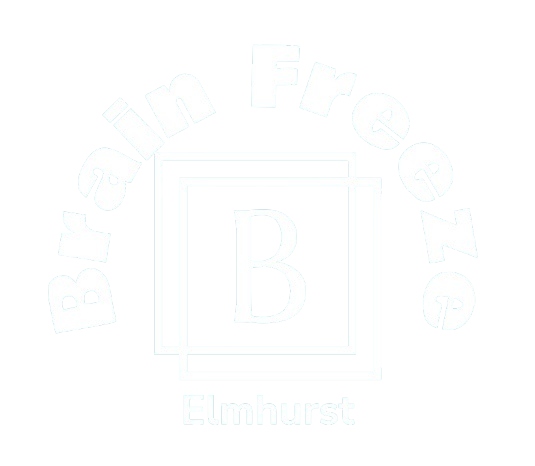In an age dominated by technology, understanding the key components that make up electronic devices is essential for both enthusiasts and professionals. Electronics is not just about gadgets; it’s about the intricate components that work together to create the functionality we rely on daily. This blog will take you on a journey through the world of electronics, highlighting essential components, their functions, and their applications.
What Are Electronic Components?
Electronic components are the building blocks of any electronic circuit. They can be categorized into two main types: passive and active components.
- Passive Components: These components do not require an external power source to operate. They include resistors, capacitors, and inductors, which serve to control the flow of electrical current and store energy.
- Active Components: These require an external power source and can control the flow of current. Examples include transistors, diodes, and integrated circuits (ICs), which can amplify or switch electronic signals.
Key Electronic Components and Their Functions
1. Resistors
Function: Resistors limit the flow of electric current in a circuit, preventing damage to sensitive components. They convert electrical energy into heat.
Types:
- Fixed Resistors: Have a constant resistance value and are used in various applications, such as current limiting and voltage division.
- Variable Resistors (Potentiometers): Allow the user to adjust resistance, commonly used in volume controls and tuning circuits.
2. Capacitors
Function: Capacitors store and release electrical energy. They smooth out fluctuations in voltage and filter signals.
Types:
- Electrolytic Capacitors: Known for high capacitance values, ideal for power supply circuits.
- Ceramic Capacitors: Stable and often used in high-frequency applications.
3. Inductors
Function: Inductors store energy in a magnetic field when current flows through them. They are used to filter signals and regulate currents.
Application: Commonly found in power supplies and radio frequency applications, inductors help manage energy flow and prevent electrical noise.
4. Diodes
Function: Diodes allow current to flow in one direction while blocking it in the opposite direction. This property is essential for converting alternating current (AC) to direct current (DC).
Types:
- Standard Diodes: Used in rectification processes.
- Zener Diodes: Maintain a stable output voltage, providing voltage regulation.
5. Transistors
Function: Transistors act as switches or amplifiers in circuits. They control the flow of current and are vital in signal processing.
Types:
- Bipolar Junction Transistors (BJTs): Used for amplification and switching.
- Field-Effect Transistors (FETs): Operate based on voltage and are often used in digital circuits.
6. Integrated Circuits (ICs)
Function: ICs are miniaturized electronic circuits that contain multiple components on a single chip. They perform complex functions like data processing, memory storage, and control.
Types:
- Analog ICs: Handle continuous signals (e.g., operational amplifiers).
- Digital ICs: Manage discrete signals (e.g., microcontrollers, microprocessors).
7. Connectors
Function: Connectors establish electrical connections between different components in a circuit. They ensure reliable communication and power distribution.
Types: Common types include plugs, sockets, and terminals, which vary in design depending on the application.
8. Sensors
Function: Sensors detect physical changes (like temperature, light, or motion) and convert them into electrical signals.
Types:
- Temperature Sensors: Measure temperature changes (e.g., thermocouples).
- Proximity Sensors: Detect the presence of nearby objects without physical contact.
The Interconnectedness of Components
Understanding how these components interact within a circuit is crucial for anyone delving into electronics. Here’s a simple example:
Power Supply Circuit
In a typical power supply circuit:
- Capacitors smooth out voltage fluctuations to provide a stable output.
- Diodes convert AC from the mains to DC.
- Resistors limit current to protect sensitive components.
Signal Processing Circuit
In a signal processing circuit:
- Transistors amplify audio signals.
- ICs handle complex operations, such as filtering and mixing.
- Connectors allow integration with other devices and systems.
Applications of Electronic Components
The applications of electronic components span various industries, from consumer electronics to automotive and medical devices. Here are a few noteworthy examples:
1. Consumer Electronics
Everyday devices such as smartphones, tablets, and televisions rely heavily on electronic components. ICs and transistors are essential for processing and displaying information, while capacitors and resistors help manage power supply and signal integrity.
2. Automotive Industry
Modern vehicles are equipped with a plethora of electronic systems, including navigation, safety, and entertainment systems. Sensors and ICs are crucial for monitoring vehicle performance and ensuring safety features like anti-lock braking systems (ABS).
3. Industrial Automation
In manufacturing, electronic components are integral to automation systems. They enable real-time monitoring, control processes, and enhance efficiency. Components like sensors and controllers help streamline production lines and reduce downtime.
4. Medical Devices
Electronic components are vital in medical technology, from diagnostic equipment to life-support systems. Reliability and precision are critical, making components like sensors, ICs, and power supply circuits indispensable in healthcare.
Conclusion
Navigating the world of electronics can be daunting, but understanding the key components and their functions is crucial for anyone interested in technology. Whether you are an engineer, a hobbyist, or simply a tech enthusiast, mastering these fundamentals will enhance your appreciation of the devices and systems that shape our daily lives.
As technology continues to evolve, the importance of these components will only grow. Innovations in electronics will pave the way for more advanced, efficient, and intelligent devices. By grasping the essentials, you are better equipped to engage with this exciting field and contribute to the ongoing technological revolution.

